How to Connect Midi Keyboard to Audio Interface
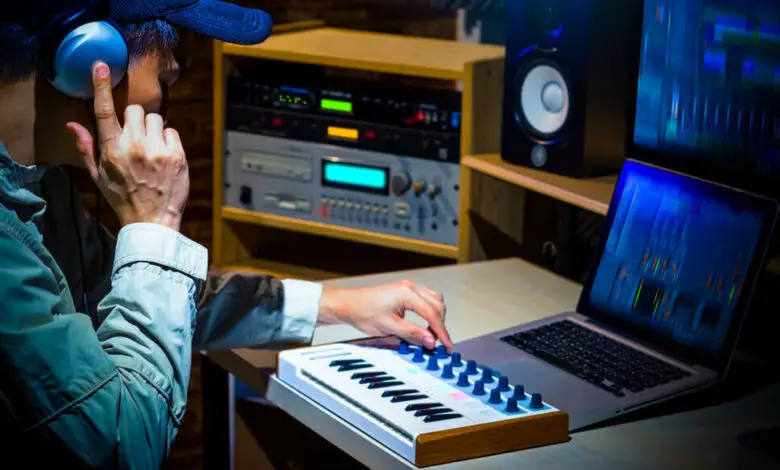
A MIDI keyboard is one of the most innovative instruments on the market. With it, you will be able to make a huge array of sounds. It can also prove to be a vital part of the editing process. Because of this, it has become an integral part of the home studio. But before you will be able to get these benefits, you will need to connect them to your computer. Let’s look at how you will be able to do this.
Types of Connections
There are a few ways that you can connect your MIDI keyboard to your computer. The most common is a USB connection. However, some will use Bluetooth. Third, you might be using MIDI ports. Each of these will require a slightly different procedure. If you aren’t sure what kind of connections you have, it’s a good idea to consult with the owner’s manual. This article gives you more general information about how MIDI keyboards work.
Connecting Through a USB
MIDI keyboards that come with USBs are the easiest to connect with your computer. The connection on the keyboard will be labeled as a USB-Host. This is where you will need to put one end of the cable. The other end will slot into the USB port on the keyboard. In most cases, these cables will come with the keyboard. If not, you will need to purchase them separately. It should be noted that if you are using an Apple device you will need to use the Lighting cable.
Using the MIDI Ports
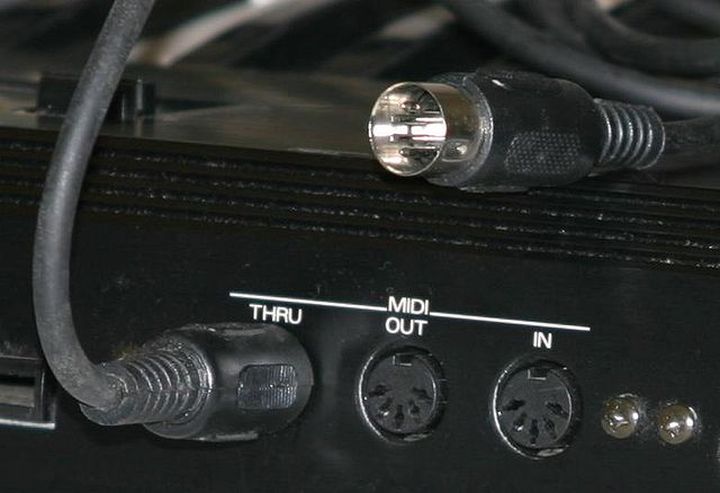
The next most common connection is through a MIDI port. There will be two of these on the back of the keyboard. One will be labeled MIDI-In the other will be called MIDI-out. This will require you to use a USB-MIDI interface. All you need to do is put these into the right ports at the back of the MIDI. On the other end of the cable will be a USB, which is put into the computer. If you are taking this route, it’s a good idea to spend a little more and get a brand-name product, which will last for longer.
Downloading Drivers
It should be noted that you might need to download some drivers to allow the MIDI keyboard to show up properly. Sometimes, these will be downloaded instantly, starting when you first connect the keyboard to the computer. If that doesn’t happen, you will need to go to the manufacturer’s website and download the drivers there.
Using Bluetooth
Thirdly, some modern devices will allow you to connect your MIDI to the computer through Bluetooth. This is the easiest option. Just download the app and you will be able to start receiving the MIDI keyboard. But there are a few drawbacks to this approach. First, it will only work on apps that have Bluetooth and you will only be able to use it with a limited number of apps.
Using a MIDI Interface
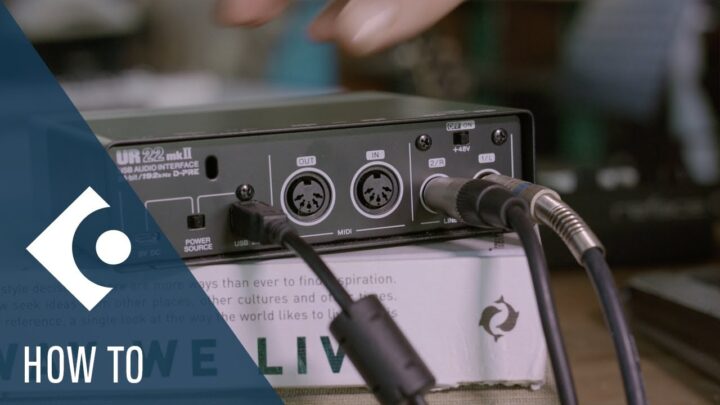
So far, we’ve focused on how you can connect your MIDI keyboard directly to the computer. But there is another option that you can explore. You can connect the MIDI to an interface. These connections will be made through the MIDI-In and MIDI-Out ports on the back of the keyboard. This allows you to change the settings and make adjustments. This interface is then connected to the computer.
When you are just getting started, this usually isn’t necessary. You will be able to modify the sound through the digital audio interface software on your computer. But as you get a little more experienced, you might like to start experimenting with this type of interface.
Connecting Multiple Devices
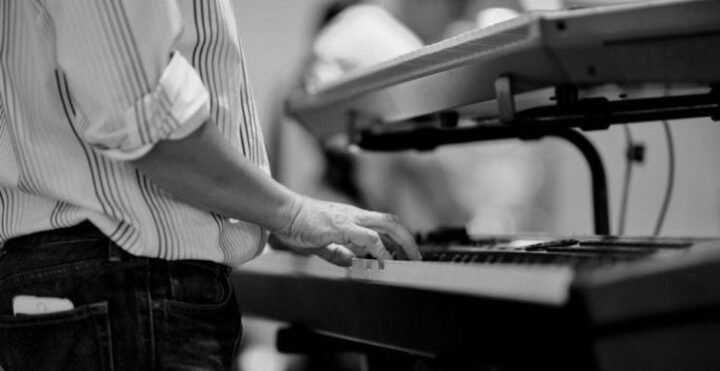
Sometimes, you will want to connect multiple MIDI keyboards. This can allow you to play with a friend, or make more complex recordings. The good news is that it’s fairly easy to get these devices set up. If you want to do this, you will need to use a MIDI hub. One of the hubs will contain the inputs and the other side will have the output cables. There will be a single USB that you connect to the computer. You will then be able to decide which signal you want to work with in the Digital Audio Workshop (DAW).
Getting the Audio Interface Set-up
Once you have got the signal coming through on the computer, it’s time to focus on how you are going to use it. This requires a DAW. This is where you will modify the sound, turning the signal from your keyboard into music.
But deciding what type of DAW you want to use can often be a challenge. There are many options on the market to choose from, it can be hard to know which one you should be using. If you are just started to use a MIDI keyboard, it’s best to use a free DAW. This allows you to experiment and get an understanding of how the software works before you start paying a subscription fee.
Once you have decided which DAW you are going to use, you will often need to set your MIDI instrument as the default. This will allow the signal to show up, where you can edit it within the software. This article talks you through the basics of using a DAW.
Getting Your MIDI Keyboard
Before you get everything set up, you should make sure that you are purchasing a good MIDI keyboard. Thankfully, as this technology has grown more popular, there have been more options for you to choose from. When you are just starting, it can be difficult to know what you should be looking for.
Here is a quick guide to good beginner keyboards: https://www.playpianotips.com/midi-keyboard-for-beginners/
Conclusion
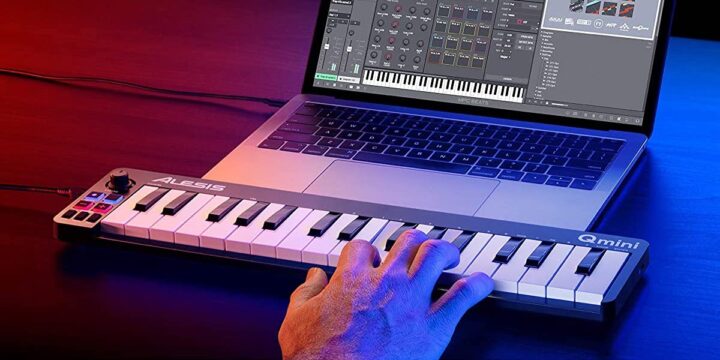
Connecting your MIDI keyboard to a DAW doesn’t have to be a difficult task. With a few simple steps, you should be able to start receiving a signal. Then, you’ll be able to start editing the sound and applying the special effects. So, now you can plug in your keyboard and start making music at home.

